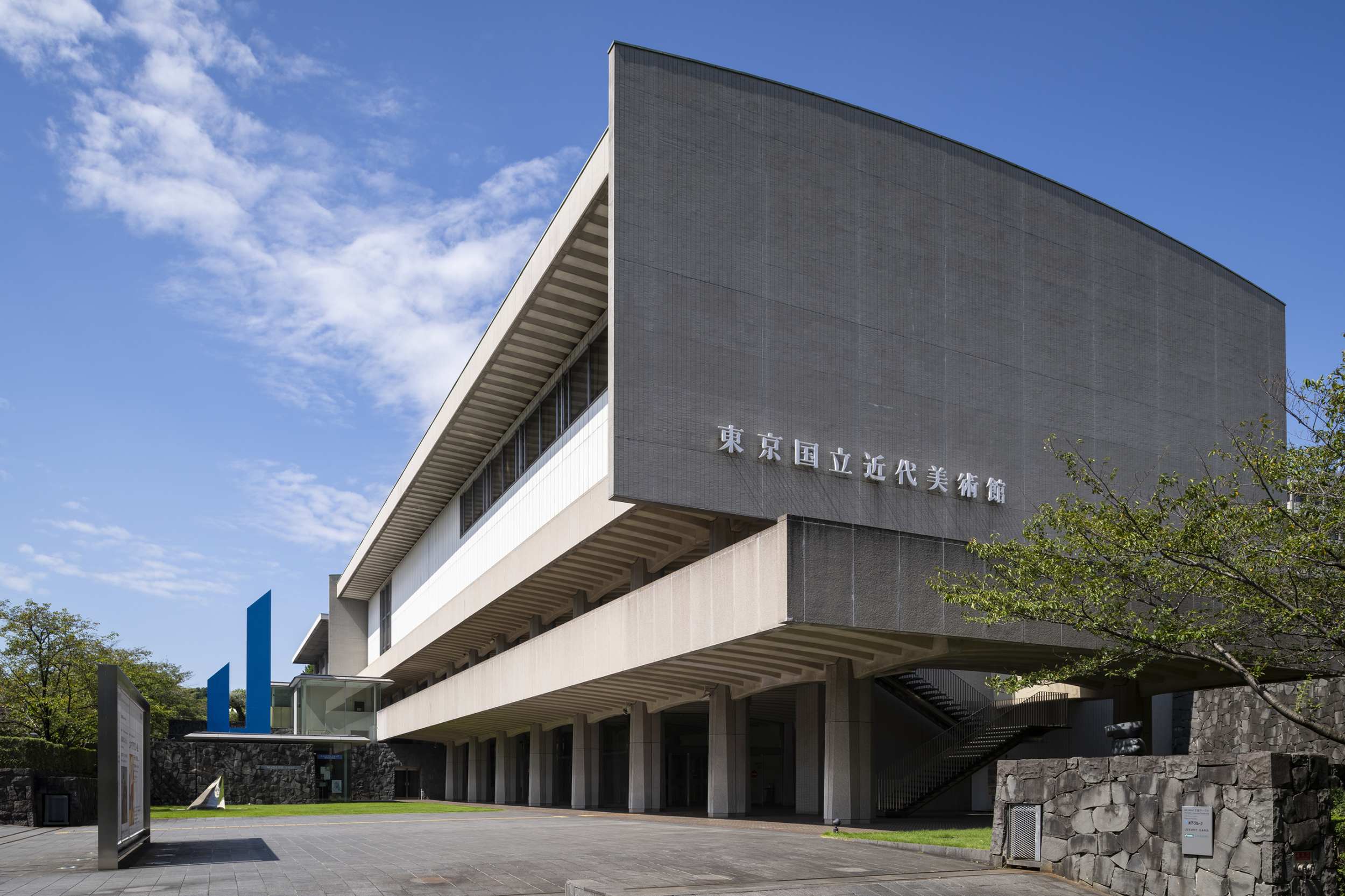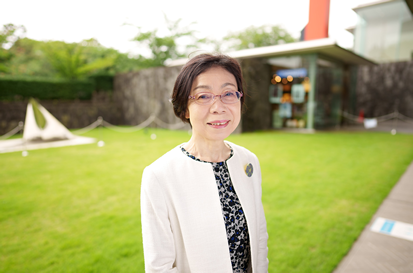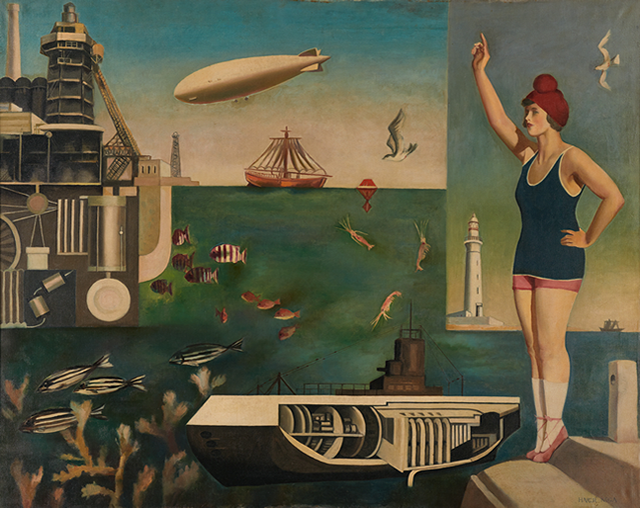

The National Museum of Modern Art, Tokyo (MOMAT) is Japan’s first national art museum, having been opened in 1952 as a nexus of art and culture promotion in Japan, charged primarily with building, protecting, and passing on a rich national collection. Its most distinctive feature is its collection comprising more than thirteen thousand works including National Important Cultural Properties and historical masterpieces. Its activities include acquisition and preservation of art works, research, educational programs, and collection of related materials.
Greetings from the Director General
We are very grateful that last year we were able to welcome as many visitors to our museum as we did before the pandemic. However, soaring costs for utilities, commodities, and labor are putting pressure on the management of art museums. In particular, wars and conflicts overseas and the weak yen have had a major impact on the acquisition of works from abroad and on exhibitions that feature works on loan from overseas. The operating subsidy from the government also continues to be very constrained.
We are determined to maintain our activities to preserve the valuable works in our collection, which is a national asset. However, under the current circumstances, we cannot adequately repair our aging facilities and equipment, and we have no choice but to consider reducing opening days or otherwise curtailing our museum activities.
We will continue our efforts to be a museum that is popular with everyone so that we can attract more visitors, but at the same time, we sincerely ask for your support through memberships and donations.

KOMATSU YayoiDirector General, MOMAT

About Our Collection
We collect Japanese and international art works from the end of the 19th century to the present day. Our collection currently comprises more than 13,000 works, including eighteen National Important Cultural Properties (two of which are deposited works) representing modern Japan, such as Kishida Ryusei’s Road Cut Through a Hill, Yokoyama Taikan’s Metempsychosis and Uemura Shoen’s Mother and Child, as well as familiar masterpieces frequently seen in Japanese textbooks and art books such as Koga Harue’s Sea and Higashiyama Kaii’s Road, and a diverse range of paintings, prints, watercolors, drawings, sculptures and three-dimensional works, photographs, videos, calligraphy, and related materials.
Koga Harue《Sea》1929

